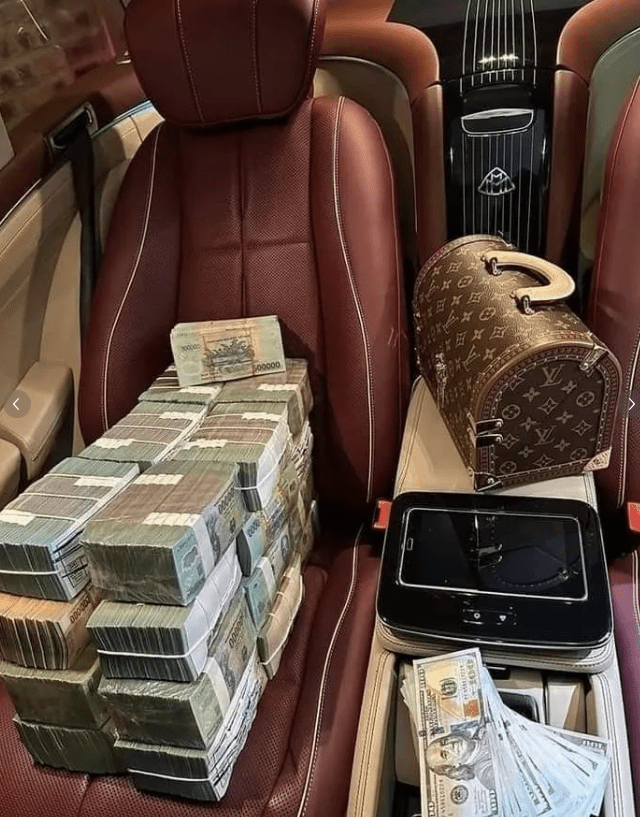🚨 The truth about frozen cards!
Last night the card was frozen again, a fan came to me:
He said he has been in OTC for 5 years and has seen too many people fall into traps — clearly using real-name transfers and platform transactions, yet suddenly their cards are frozen months later, or even summoned.
❓ Where is the problem?
The core is — the funding chain must be traceable.
If the money you receive has upstream fraud funds mixed in, even if nothing happens at the moment, once someone reports it, you will also be implicated when the chain is traced.
⚡ Five major 'self-destructive actions' that directly trigger risk control:
1⃣️ Frequently changing cards + logging in from different locations = Telling the bank 'I have a problem'
2⃣️ Writing 'buying coins/USDT' in transfer remarks = Self-exposing identity
3⃣️ Instant transfer upon receipt = Standard money laundering flow
4⃣️ Real name does not match the payer = Suspected of receiving dirty money
5⃣️ Frequent large transactions in the early morning = Not consistent with normal habits
🆘 What to do if the card is frozen?
Do not click on strange links, do not transfer to 'safe accounts'.
Returning stolen goods must go through public security public accounts, remember to get a stamped receipt.
Evidence should be kept on a timeline: chat records, orders, and transaction records should all be saved.
✅ The key to long-term self-protection
Dedicated card for dedicated use, consistent real-name verification.
Break large amounts into smaller ones, try to trade during the day.
Use neutral words in remarks, do not receive or pay on behalf of others.
Use old accounts, go through large platforms.
📌 Summary in one sentence:
You cannot control upstream funds, but you can standardize your own operations.
Low-key compliance, keeping evidence for self-protection, can maximize avoidance of aftereffects.
Keep following: $BTC $ETH $SOL BAN API3 ASR KOMA PLAY
#BNB创新高 #名人MEME热潮 #杰克逊霍尔会议 #加密概念美股普涨



